Hãy nhập câu hỏi của bạn vào đây, nếu là tài khoản VIP, bạn sẽ được ưu tiên trả lời.

a) x(x-y) + y(x+y) = x^2 - xy + yx + y^2 = x^2 + y^2 = (-6)^2 + 8^2 = 100
b) x(x^2 - y ) - x^2( x + y ) + y(x^2 - x )
= x^3 - xy - x^3 -x^2y+yx^2 - xy
= ( x^3 - x^3 ) + ( x^2 y - x^2 y ) + ( -xy - xy )
= -2xy
Bạn kiểm tra lại đề nhé!

a: \(x\left(x-y\right)+y\left(x+y\right)\)
\(=x^2-xy+xy+y^2\)
\(=x^2+y^2\)
=100
b: \(x\left(x^2-y\right)-x^2\left(x+y\right)+y\left(x^2-x\right)\)
\(=x^3-xy-x^3-x^2y+x^2y-xy\)
\(=-2xy\)

-
Dùng định nghĩa hai phân thức bằng nhau chứng tỏ rằng:
- Chứng Tỏ Rằng J Hả Bạn ??????

A B C K H I
a) Xét hai Δvuông HBC và ΔKCB
∠BCH = ∠CBK (Δ ABC cân tại A) BC cạnh chung
⇒ ΔHBC = ΔKCB (cạnh huyền, góc nhọn)
⇒ CH = BK
b) Ta có: AB = AC (ΔABC cân tại A) và CH = BK
- Quảng cáo -
AK = AB – BK và AH = AC – CH ⇒ AK = AH
⇒ AK/AB = AH/AC ⇒ KH//BC
c) Kẻ đường cao AI của Δ ABC và xét Δ IAC
ΔHBC có ∠ACI = ∠BCH
⇒ ΔIAC ∽ ΔHBC(g.g) ⇒ AC/BC = IC/HC ⇒ HC = IC.BC / AC = a2/2b
Ta có : \(KH//BC\Rightarrow\frac{KH}{BC}=\frac{AH}{AC}\)
\(\Rightarrow KH=\frac{AH.BC}{AC}=\frac{\left(AC-HC\right).BC}{AC}\)
\(\Rightarrow KH=\left(b-\frac{a^2}{2b}\right)\frac{a}{b}=a-\frac{a^3}{2b^2}\)

\(\left(\frac{1}{2}xy-1\right).\left(x^3-2x-6\right)=\frac{1}{2}xy.\left(x^3-2x-6\right)+\left(-1\right).\left(x^3-2x-6\right)\)
= \(\frac{1}{2}xy.x^3+\frac{1}{2}xy.\left(-2x\right)+\frac{1}{2xy}.\left(-6\right)+\left(-1\right).x^3+\left(-1\right).\left(-2x\right)+\left(-1\right).\left(-6\right)\)
= \(\frac{1}{2}x^{\left(1+3\right)}y-x^{\left(1+1\right)}y-3xy-x^3+2x+6\)
= \(\frac{1}{2}x^4y-x^2y-3xy-x^3+2x+6\)
= \(\frac{1}{2}x^4y-x^3-x^2y-3xy+2x+6\)
Chúc bạn học tốt !!!
Bài làm
Ta có: ( xy - 1 )( x3 - 2x - 6 )
= ( xy . x3 ) + [ xy . ( -2x ) ] + [ xy . ( - 6 ) ] + [ ( -1 ) . x3 ] + [ ( -1 ) . ( -2x ) ] + [ ( -1 ) . ( -6 ) ] ( * chỗ này nếu thầnh thạo phép nnhân đa thức r thì k cần pk ghi đâu )
= x4y - 2x2y - 6xy - x3 + 2x + 6
# Học tốt #



ĐK \(x\ne\left\{-2;2\right\}\)
a. Ta có \(A=\left(\frac{x}{\left(x+2\right)\left(x-2\right)}-\frac{2}{x-2}+\frac{1}{x+2}\right):\left(x-2+\frac{10-x^2}{x+2}\right)\)
\(=\frac{x-2x-4+x-2}{\left(x+2\right)\left(x-2\right)}:\frac{x^2-4+10-x^2}{x+2}=-\frac{6}{\left(x-2\right)\left(x+2\right)}.\frac{x+2}{6}=-\frac{1}{x-2}\)
b. Ta có \(\left|x\right|=\frac{1}{2}\Rightarrow\orbr{\begin{cases}x=\frac{1}{2}\\x=-\frac{1}{2}\end{cases}}\)
Với \(x=\frac{1}{2}\Rightarrow A=\frac{-1}{\frac{1}{2}-2}=\frac{2}{3}\)
Với \(x=-\frac{1}{2}\Rightarrow A=\frac{-1}{-\frac{1}{2}-2}=\frac{2}{5}\)
c. Để \(A< 0\Rightarrow-\frac{1}{x-2}< 0\Rightarrow x-2>0\Rightarrow x>2\)
Vậy với \(x>2\)thì \(A< 0\)

2, \(\widehat{ABC} + \widehat{BCA} = \widehat{BAC} = 90^0 ⇒ \widehat{BCA} = 90^0 - \widehat{ABC}\)
\(\widehat{ABC} +\widehat{ BAH} = \widehat{BAC} =90^0⇒\widehat{BAH} = 90^0 - \widehat{ABC}\)
\(\widehat{BCA} = \widehat{BAH}\)
XÉT \(\bigtriangleup\)HBA và\(\bigtriangleup\) HAC có :
\(\widehat{BHA}=\widehat{BAC}=90^0\)
\(\widehat{BCA}=\widehat{BAH}\)
⇒ \(\bigtriangleup\)HBA ∼ \(\bigtriangleup\) HAC
b, Áp dụng hệ thức \(b^2=a.b'\) vào \(\bigtriangleup{ABC}\) vuông tại A , ta có :
\(AC^2=BC.CH\) (đpcm)
c, Áp dụng hệ thức \(h^2=b'.c'\) vào \(\bigtriangleup{ABC}\) vuông tại A, ta có :
\(AH^2=BH.CH\) (đpcm)

 và y = –100;
và y = –100;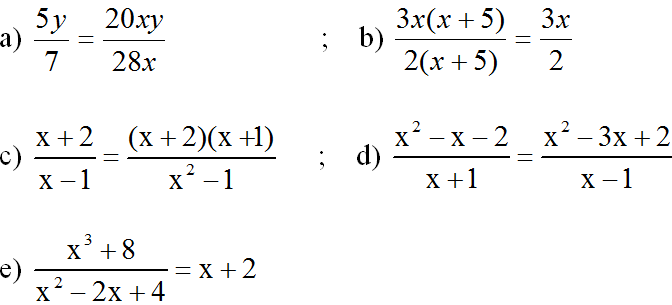
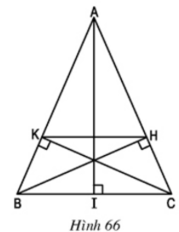
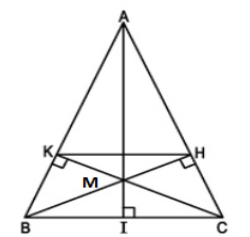

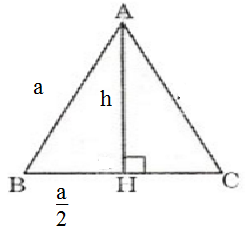
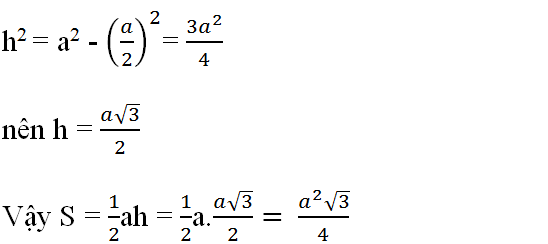
 xy – 1 với đa thức x3 – 2x – 6.
xy – 1 với đa thức x3 – 2x – 6.
* Rút gọn biểu thức:
+ Ngoặc thứ nhất:
+ Ngoặc thứ hai:
Do đó:
* Tại , giá trị biểu thức bằng:
, giá trị biểu thức bằng: 